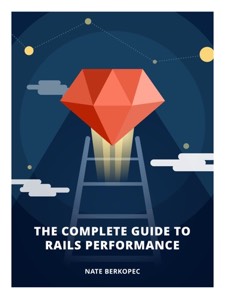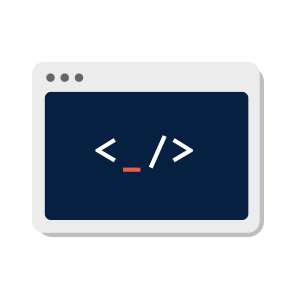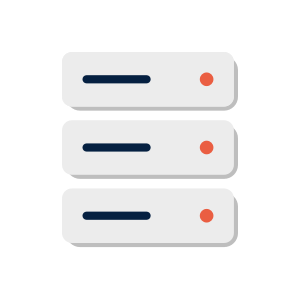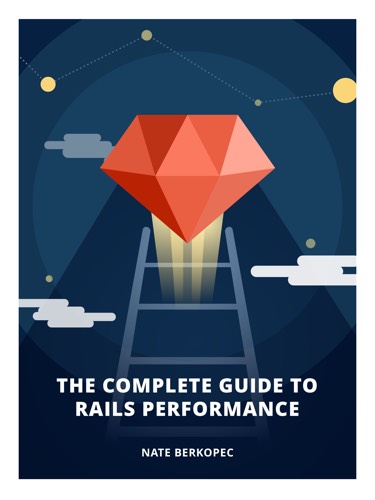Introducing:
The Complete Guide to Rails Performance
My name is Nate Berkopec. I'm a Rails developer and a speed freak. I also maintain Puma - my code is probably already running on your servers, today.
Over the past 10 years, I've seen dozens of different Rails codebases.
Many were for well-funded startups, from Ivy-League incubators like YCombinator or 500Startups.
Others were the passion projects of developers looking to start a side business.
I've consulted for dozens of clients on making their Rails apps faster, and taught hundreds at workshops.
But I've never met a Rails application I couldn't make faster.
A slow app is expensive
Did you know that an extra second of load time reduces revenue by 5 to 10%? This result has been experimentally verified at dozens of companies large and small.
If your business is doing $1 million per year, reducing browser load times by 1 second will increase revenue by $50,000 to $100,000 per year. I can show you how to make your site faster and grow your business by at least that much and more.
Did you know that most Rails applications I've seen in my consulting gigs have been spending more than 2x per month what they needed to?
Most Rails applications should be spending thousands of dollars per month less than they are now. I'll show you how to audit and fix your server spending.
Performance is hard. Let me help you.
Performance isn't easy. Delivering an HTML response to the browser
actually involves hundreds of technologies and levels of the stack.
Constructing a fast website is a bit like constructing a house of cards -
a problem anywhere in the stack can cause it all to collapse.
Any of these levels or stacks can go wrong, causing a slowdown in your application:
Front-end
HTML, CSS and JavaScript, rendering quirks and browser preloaders.
Network
SSL/TLS, HTTP, HTTP/2, TCP, WebSockets.
Ruby
Rails, the numerous gems you use in your application, and your runtime.
Server
Do you know how your memory allocator may be affecting your performance?
Performance optimization on a full-stack web application is like looking for a black cat in a coal cellar - any one of a thousand things could be the bottleneck for your application. Where do you even start?
Worse, no full-stack developer who writes code for a living can keep on top of all of these developments at once. My guide for optimizing Rails applications covers the entire stack.
Wouldn't it be amazing if you could look over the shoulder of an experienced, full-stack Rails developer and watch as they diagnose and solve the performance problems of one of the most popular Rails applications in the world?
Here's your chance.
WATCH ME OPTIMIZE PRODUCTION RAILS APPS AND APPLY THE LESSONS BACK TO YOUR OWN SITE.
I’ve created an exhaustive checklist for speeding up Rails applications:
- Implemented 34 strategies that have been tested by more than 1 million unique visitors.
- Identified the 4 strategies that account for the most performance impact. These strategies have solved 80% of performance problems in most applications.
- Used more than 20 different SaaS providers, performance-oriented Rubygems, backend service providers and more and found the perfect technical stack to make the entire performance optimization process simple (even if you’re a new developer or someone with a deep technical background).
These strategies have been tested and proven on my clients' sites and others.
While preparing this course, I’ve implemented each of my performance
strategies on production websites like rubygems.org, sidekiq.org, the official
Ruby website, and more.
Look over my shoulder while I work
Production websites will serve as your example and guide to each and
every one of the strategies in this guide.
This is an opportunity to virtually pair program with an experienced Rails
developer (me!) and work on a high-scale application.
Easy-to-follow, even for bloated legacy apps
You’ll see the before and after, comparing the impact of each strategy
through actual production metrics. It’s broken down into simple,
step-by-step processes that cover every layer of a Rails application’s
stack.
At the end of each lesson is a simple checklist so you can implement
what you’ve learned. There’s no guesswork. Just follow the plan, and your
performance analytics will start sloping down and to the right.













